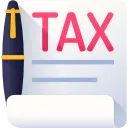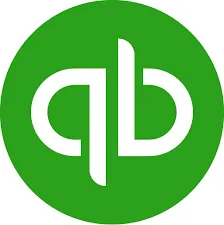How to fill IRS form 1065
What is form 1065?
What Is Form 1065: U.S. Return of Partnership Income?
Form 1065: U.S. Return of Partnership Income is a tax file issued by the Internal Revenue Service (IRS) used to speak out the profits, losses, deduction, and credit of a business partnership.In addition to Form 1065, partnerships have to also present Schedule K-1, a file prepared for each partner.Tax forms.
Form 1065 gives the IRS a photograph of the company’s financial status for the year. The partners have to account and pay duty on their share of income from the partnership on their tax returns. Associates must disburse income tax on their pay regardless of whether the guaranteed payments were dispersed.
Note: Schedule K-1 provides information about the partnership and the partners, including taxable income of partners from passive activities, qualified dividends, net capital gains, and income from other activities.
How to file form 1065?
You’ll require a copy of your partnership accord as long as in order on the distributions of share or money to cohorts, as well as part of income and wounded to partners. Profit and losses You’ll also require a list of associates and their partnership type, either universal or incomplete.
Note: implementation Form 1065 can be an intricate process and it’s usually optional that partnerships enlist the services of a tax expert to see to this task. The partnership would motionless have to provide all this information to the expert.
The most vital piece of information you’ll require is information on distributions and aid by partners for the tax year, counting the total amount of all associated capital financial records at the commencement and the end of the year and increasing and decreasing, counting distributions.
Schedule K, L-1, M-1, M-2.
In sort to file Form 1065, you have to have your year-end financial statements such as your income and loss statement and balance sheet. You will also be required to have your Employer recognition Number (EIN), small business code (NAICS code), and company start date useful.
Finally, you will require knowing your secretarial method, gross gate and returns, and any so that will help you calculate the cost of merchandise sold (i.e. inventory).
Schedule L
Schedule L is where you’ll outline your equilibrium sheets from the start of the tax year and the end of the tax year. The balance sheet is a snapshot of your commerce at both moments in time and will include in order on all of your business possessions, liabilities, and even handedness.
Schedule M-1
Schedule M-1 is where you will draw around any income, expenses, or reduction that you didn’t include on your return. This is so the IRS can settle the difference flanked by what they are recognizable as taxable profits versus what your commerce records as its net income on the book. The IRS often calculates things in a different way than most partnerships, but don’t fear. This dissimilarity is normal and occurs frequently. But make sure to talk with your accountant if you have questions about it.
Schedule M-2
Schedule M-2 is where partners will outline any take-home pay that has been misused and not been accounted for. These could be changes in cash, stock, or possessions.
You will require totaling Schedule M-2 after Schedule M-1 and Schedule L, as persons two sections have relevant information that will require matching with the information you give in Schedule M-2.
Schedule K-1
Lastly, when a small business records Form 1065, each partner concerned with the business has to also complete Schedule K-1. This is where associates will report their split of income, deduction, and credits as well as any pertinent order about their company position in their tax return.
Since Form 1065 doesn’t work out your taxes payable, this form serves to imprison that number. Schedule K-1 not only reflects your profits plus expenses, but it also asks for in order such as real estate income, capital gain, foreign transactions, and any other expenditure potentially conventional due to the company.




























































